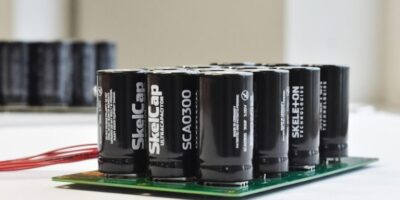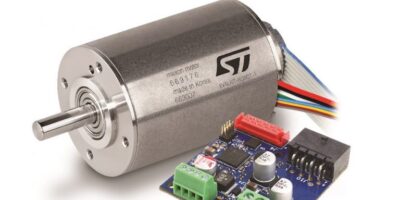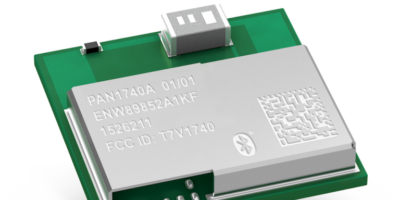To address the fast-growing markets in manufacturing and warehouse logistics, Skeleton Technologies has introduced the SkelCap SCA0300 ultracapacitor series.
Strict power quality requirements in manufacturing are driving the demand for ultracapacitor-based uniterrruptible power supplies (UPS), says Skeleton. The company has designed the SCA0300 family for high power and to protect sensitive manufacturing equipment, such as warehouse and fulfillment centre robotics.
Shuttle and automated guided vehicle (AGV) manufacturers are replacing batteries with ultracapacitors due to power, reliability, and their lifetime advantages, says Skeleton.
The 300F-sized SCA0300 is designed to be easily mountable to PCBs. The high power and thermal characteristics are the result of the low ESR of the cell.
The SCA0300 complies with the strict IATF standard used in the automotive industry, ensuring the safety, quality, and reliability required in passenger vehicles, and also meets the requirements of applications in medical machinery, oil and gas, grid, and renewable energy production.
Skeleton Technologies claims to be the global leader in graphene-based ultracapacitors and energy-storage systems. It says use of patented ‘curved graphene’ has resulted in breakthroughs in ultracapacitor performance and successfully commercialised them in trucks, buses, and grid applications. Its ultracapacitor technology is claimed to deliver up to twice the energy density and four times the power density offerered by other manufacturers. Customers range from Tier One automotive companies and industrial equipment OEMs to lorry/truck fleet operators and aerospace prime contractors.







